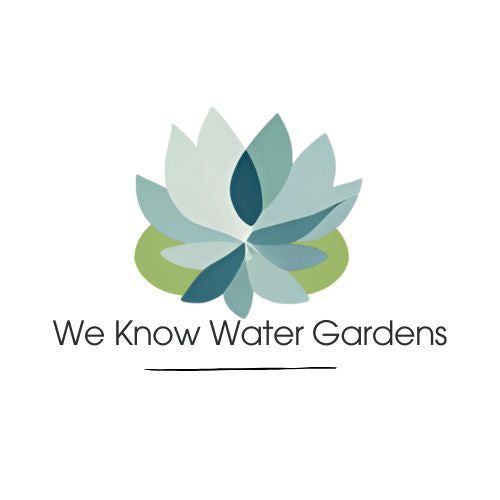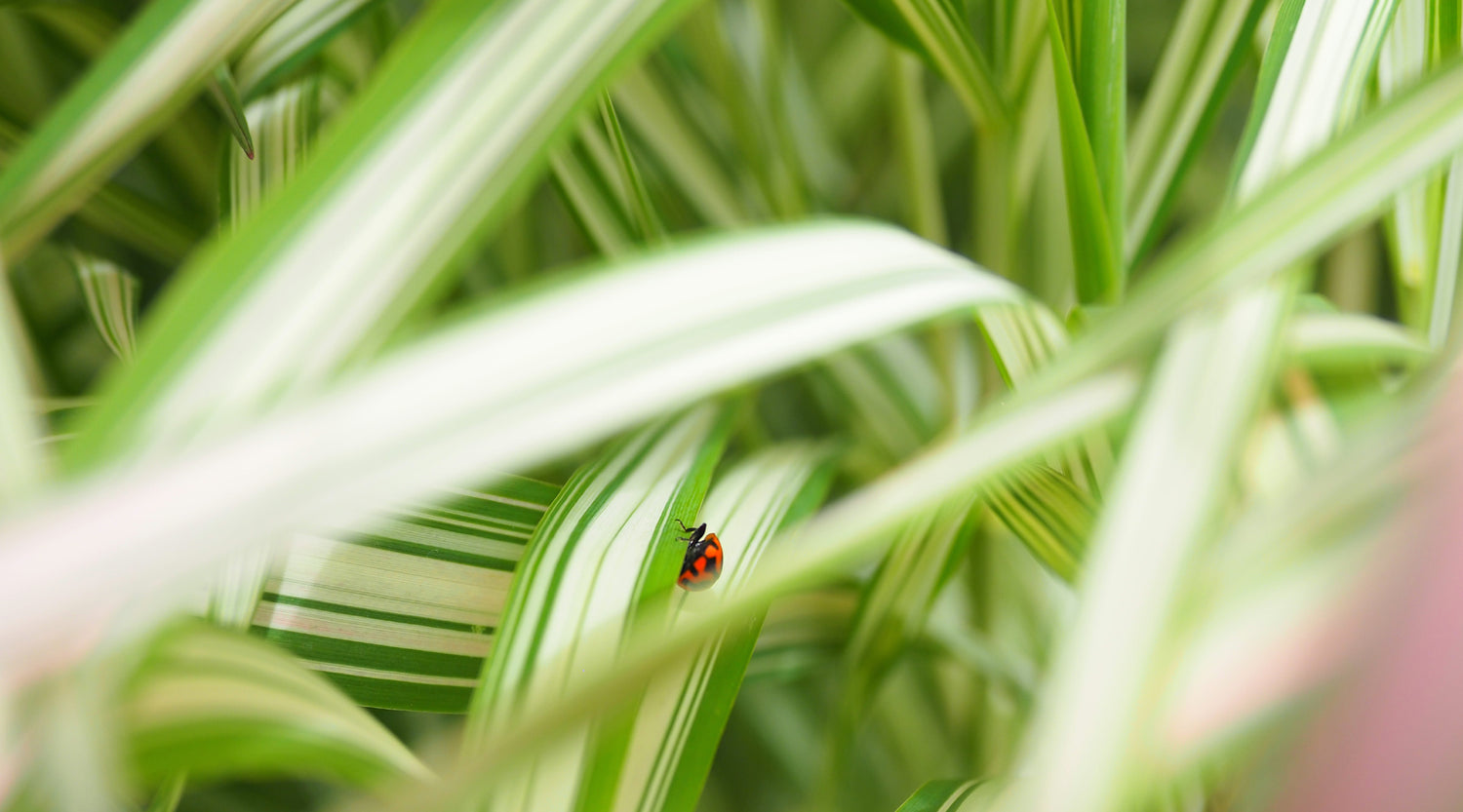Maintaining a healthy pond the natural way
on Nov 06, 2018
Ponds are certainly lovely features in any garden, but just like an aquarium, they need to be in balance to be at their very best. It is easy to tell a balanced pond, the water is clear, plants flourish and the fish are active and healthy. In an unbalanced pond, the water is often cloudy or a murky green colour, plants are decaying, and the fish sit on the bottom of the pond or even die. So how we can we achieve a balanced pond?
The best way is to look at naturally occurring bodies of water and at how they remain in a balanced state.
Water
The water in the pond is the life blood of aquatic & plant life. Poor water quality can lead to high levels of stress in the fish that can lead to disease and can stunt plant growth. Whenever tap water is added to the pond, it should be treated with a de-chlorinator. Tap water conditioner by aquarium pharmaceuticals is excellent for this as local tap water has a high pH which is not great for the fish or plants. To lower the pH, you can use an acid buffer such pH Down for ponds.
Water movement
Even though ponds in nature may appear still on the surface there is always some movement under the water. Water movement is important to ensure that there is always a ready supply of oxygen in the water for the fish and plants. If the water is allowed to become stagnant, oxygen levels fall and this can be dangerous for the fish. It also ensures that there is not too much settlement of dirt and debris on the pond bottom.
In a garden pond, water movement can be achieved by using a water pump with a fountain head, this not only looks good but is very effective. Your pump should run 24 hours a day, 7 days a week and in most cases is not much more than a light bulb in power costs.
Plants
Plants are nature’s filters, they remove wastes out of the water and also filter the air. In a pond to achieve clear water, a good rule is that about 25% - 30% of your pond should be filled with plants. Plants compete with algae for food, so the more plants that you have the less algae occurs. When most people think of water plants they think of lilies and these are a great plant with beautiful flowers.
There are also many other plants available for ponds that are part of a group known as marginal plants. Marginal plants do not need to be fully submersed in the water, they just need to be moist all the time, so they are perfect for close to the bank of any pond. There are many marginal plants that we sell such as iris, frogs mouth, blue pickeral and papyrus. Most of these plants can be divided every few years, by simply cutting them in half with a sharp and re potting them.
Fish
In nature, the number of fish in a body of water is very low, but in ponds we like to maximise our enjoyment and want to have more fish than our pond can support. The problem with too many fish in a pond, is that fish excrete waste in the form of among other things, phosphate and it is phosphate that can lead to algae problems and that pea soup colour in the pond. To reduce this waste problem, you can either add a biological filter to the pond that will help breakdown this waste into a usable form of food for your plants, and you can feed them a high quality food that can be easily digested by the fish which reduces the amount of waste that fish release. Although fish will eat cheap foods, they do not digest them so there is a large amount of waste produced. Here at the shop we use the local range of foods. It costs a little more, but you feed less and you’ll definitely get better water quality.
© weknowwatergardens 2019
Share

